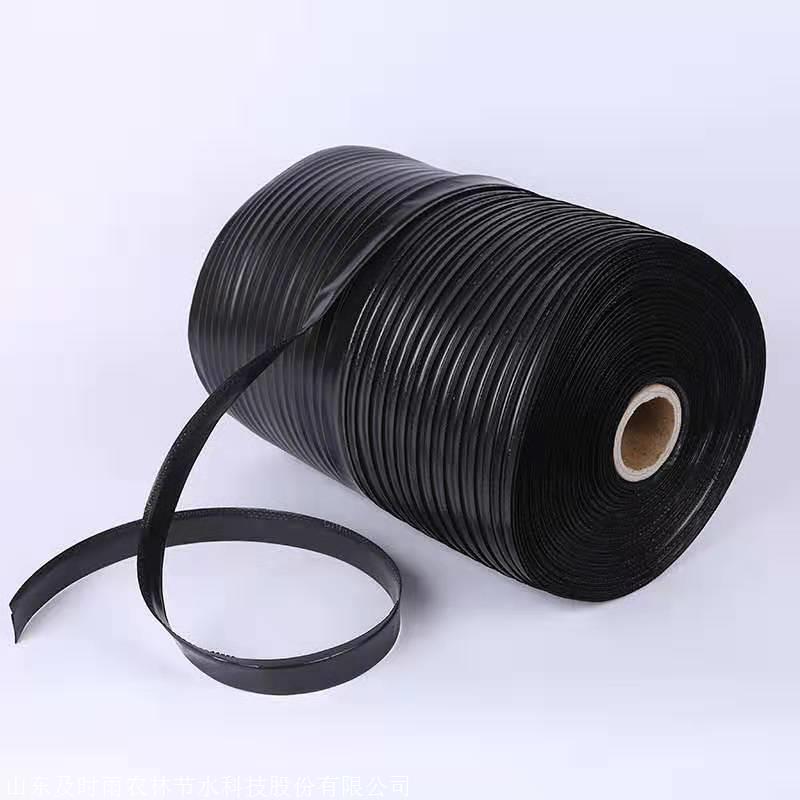Drip irrigation for citrus trees involves using a specialized system to deliver pressurized water (which can be pressurized by a water pump or by utilizing the pressure generated by terrain differences) through filtered water, through various levels of piping networks (including main pipes, branch pipes, capillary tubes, and valves), to the emitters. The water drips slowly and directly into the soil around the crop roots through the emitters in a drip irrigation system.
After water drips into the soil, it infiltrates by gravity, forming a small saturated zone beneath the emitters, gradually spreading to the developed root zone of the crop. Drip irrigation technology utilizes a series of plastic pipes of different diameters to transport water and dissolved fertilizers directly to the crop roots from the water source through pressure pipes, supplying water and fertilizer on demand and in predetermined quantities.
The configuration of drip irrigation systems generally involves laying a capillary tube between rows in the orchard, with emitters installed every 1 meter on the capillary tube, each emitting 4 liters/hour. For densely planted orchards, emitters are installed approximately 0.5 meters in front and behind the fruit trees. Typically, one emitter is installed on each side of the tree at a distance of 1 meter or 4 emitters are installed around each tree (1 meter away from the trunk). For large trees or clayey soil, 5-6 additional emitters can be added. In rainless conditions, the interval between two watering sessions is 3-4 days.
When using drip irrigation for citrus trees, attention should be paid to purifying water quality to prevent emitter clogging. Water should be filtered through an 80-100 mesh nylon sieve filter made of rust-resistant polyvinyl chloride material, and emitters should be cleaned and maintained regularly.
Key Points of Fertilization for Citrus Trees with Drip Irrigation:
Using drip irrigation systems for fertilization provides conditions for precise fertilization, significantly improving fertilization and irrigation efficiency, reducing production costs, increasing yield and quality, and ultimately improving economic benefits. The technique of drip irrigation fertilization is widely promoted and popular worldwide.
Fertilization through drip irrigation systems has several advantages. Firstly, soluble fertilizers are directly applied to the root zone of the crop with drip irrigation water, minimizing fertilizer waste in the inter-row spaces. Secondly, drip irrigation delivers water and fertilizer in a drip form at low flow rates, making it easy to control. There is no deep leaching waste of water and fertilizer. Nitrogen fertilization with drip irrigation can achieve an efficiency of 74%, while traditional methods do not exceed 30%.
A potential drawback of using drip irrigation systems for fertilization is the possibility of emitter clogging. Fertilizers must be soluble, as insoluble fertilizers will quickly clog emitters. Chemical reactions between fertilizer ingredients can also cause precipitates, which can clog the drip irrigation system over time. Fertilizer uniformity depends on irrigation uniformity. Therefore, efforts should be made to improve drip irrigation uniformity, such as precise design and the use of pressure-compensating emitters, and installing pressure regulators at appropriate locations in the pipeline.



